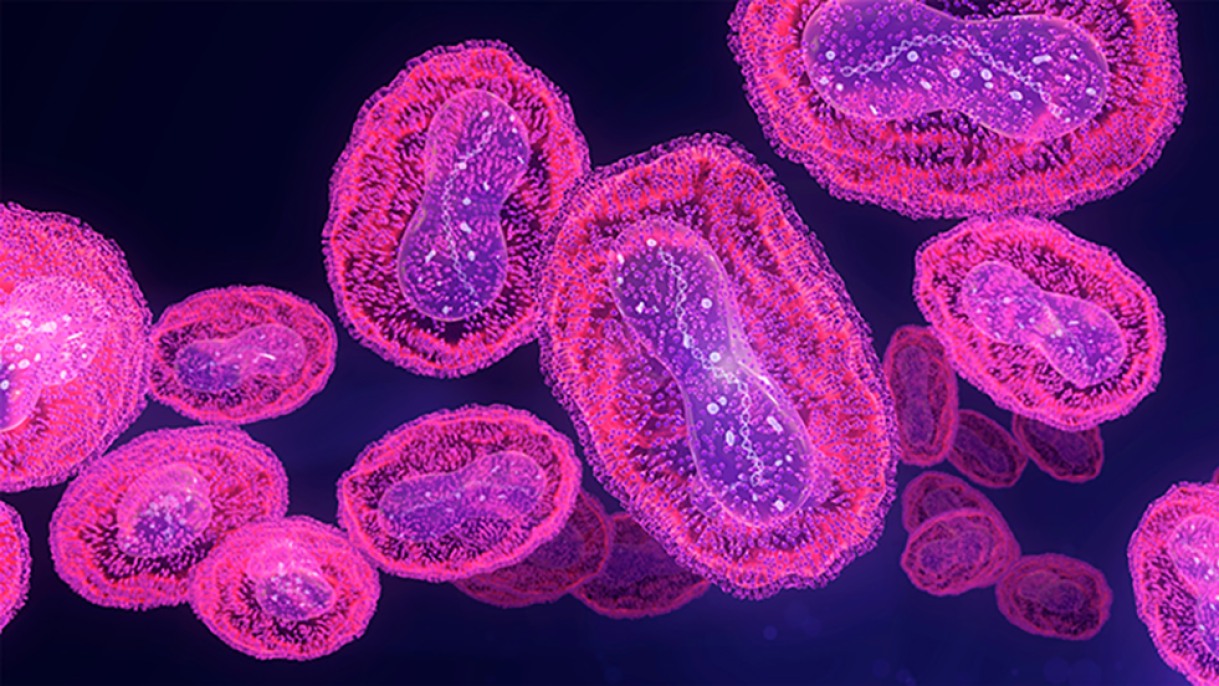
The monkeypox vaccine is issued from the CDC directly to state health departments, who determine how to distribute their limited supply to the highest-risk populations. Unfortunately, you can’t just get a monkeypox vaccine at your local pharmacy like you can the COVID vaccines.
On top of that, there’s a shortage, which is the result of several factors. First, the vaccine is intended for smallpox, so those planning for a stockpile were not necessarily anticipating a widespread outbreak of monkeypox. Further, expiring vaccines had not been not replenished and there were delays in ordering and securing replacement vaccines. The vaccine we are using, Jynneos, involves two doses; it is only manufactured by one company in Denmark, and they have a certain capacity. The global spread of this epidemic has put an acute demand on the vaccine manufacturers from countries around the world, including many in Europe.
In order to get the vaccine to more people, providers are following the CDC’s alternative dosing regimen of administering the vaccine intradermally, or between the skin layers, instead of subcutaneously, or under the skin. An intradermal vaccine can induce a stronger immune response because of how many immune cells we have in our skin. The FDA did a study on the difference between intradermal and subcutaneous administration of the Jynneos vaccine at the currently used doses and found that study participants had similar levels of immune response (measured by antibody levels) with the lower dose intradermal vaccine. That allows us to give a much lower dose to get the same level of effect: one-fifth of the dose induces the same level of immune response in studies — that allows for potentially five times as many people to get the vaccine.
But there’s a trade-off. In general, this is a harder way to administer a vaccine, and more people have skin reactions to this method— we’ve seen mild swelling, redness or discoloration at the injection site. In some people, that can persist for a long time, which is important to be aware of.
And it must be said that no vaccine is 100% effective. We don’t have much data on any vaccines for monkeypox specifically. Jynneos was tested in an animal model of smallpox (a very similar and related virus), but we still need to see actual results in a real-world setting. Data show that it takes about six weeks from the first dose (and two weeks after the second dose) for people to reach full immunity. Up until that time, people still have a risk of being infected. After that time, most people should have protective immunity — but again, we still will need to back that up with real-world data as we accumulate it.








